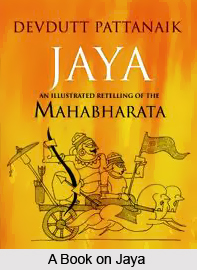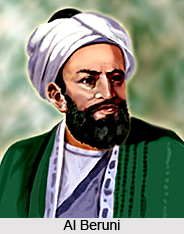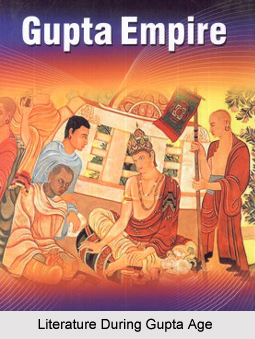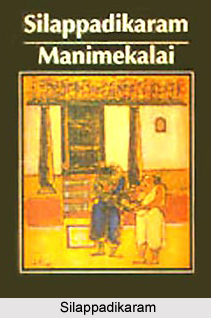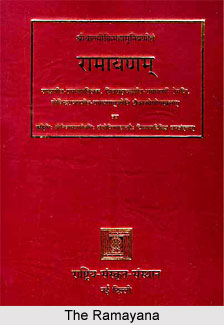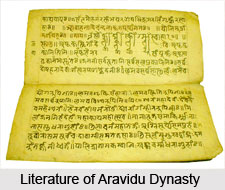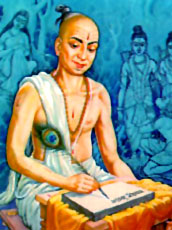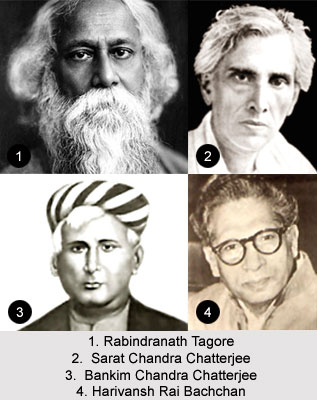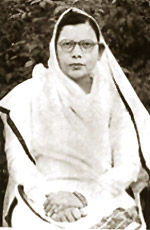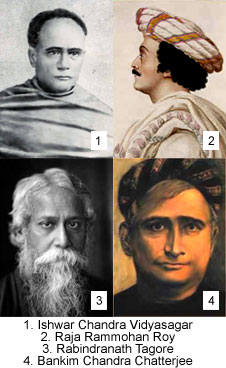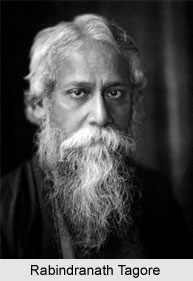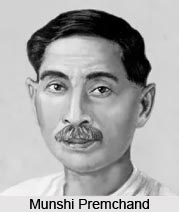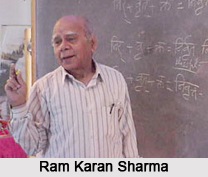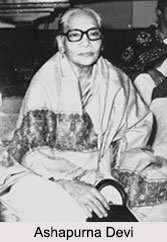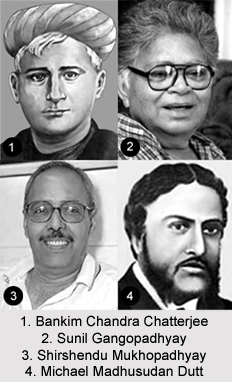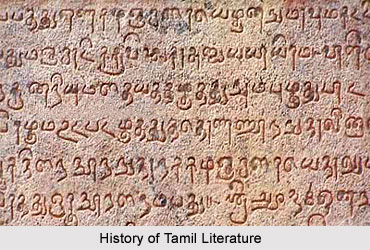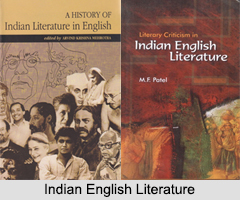The writing style of Bankim Chandra Chatterjee has made him one of the greatest Bengali novelists. He is the founder of the modern school of Indian fiction. Rajmohan`s Wife (1864) was his first novel in English language. By writing his next novel in Bengali his wisdom was again shown. Durgeshnondini was an epoch-making event in Bengali literature. It was the first Bengali novel in the modern European style and the first creative work in Bengali prose.
Patriotism is a major feature of his novels. Vande Mataram is a good example. He is one of the earliest nationalists who were eager for the revival of Hinduism and its rule in India. The struggle of Hindus for political freedom is the theme of his several novels. He was the creator of the Bengali novel. He is an ordinary novelist. He was the pioneer of a new form of art. His faults can be attributed to the age he lived, to its bad standards and lack of standards. Infact when he began to write there was no well-established prose style. He created his own standards.
His eight novels have a historical background and make use of historical persons and events. However he expresses a narrow view of history. The history that has been used in his novels is external, unreal and dead matter. The characters are not the historical persons. They are undefined figures. He shows no curiosity about the political, economic, or social forces and regards them as mere incidents. At times the incidents are recorded in the manner of a school boy. His works are not good period pieces as it does not picturize the manners and customs of the past. He was influenced by Scott but was insensitive to the picturesqueness in history.
When he writes about the life around him he seems to be happy. However as a social novelist he has few limitations. His outlook is confined to the class he belonged the upper middle class. He was unaware of the existence of the working class apart from domestic servants. These people are generally represented as the stock caricatures, witty and pert, of conventional comedy. However in rare occasions he transforms the stark realities of their poverty into dream-picture of happiness. Bankim is always the typical bourgeois, smug, sentimental, didactic, and conservative in his attitude towards his own class.
However in his compositions the sentiments are prim and proper. There are one or two love stories in his novels but he takes care that they uphold and glorify the social conventions. He is a moralist and those who observe the social proprieties are good people according to him. The narrow and naive world of his novels is a reflection of the Bengali society of his time. He lived in an age of social reformation. The obsolete ideas that he held on social questions restricted his artistic possibilities. He does not deal with the complexities of human relationships, in the subtleties and profundities of human character. His main aim was to present the conventional virtues and vices.
Bankim is at his best in his less striving novels such as `Indira`. The theme is light. His interest narrows to domestic matters. His political novels show no understanding of political issues and their patriotism is romantic, sentimental and wishful. His novels suffer from a fundamental indiscipline that arises from excessive over-romanticizing. His novels are filled s with the cheapest rhetoric, absurd ostentations and affectations.
He fakes his characters and situations by over-dramatizing. They have little freedom of action. However his art of story telling cannot be undermined. His plots violate the basic laws of probability and naturalness.
